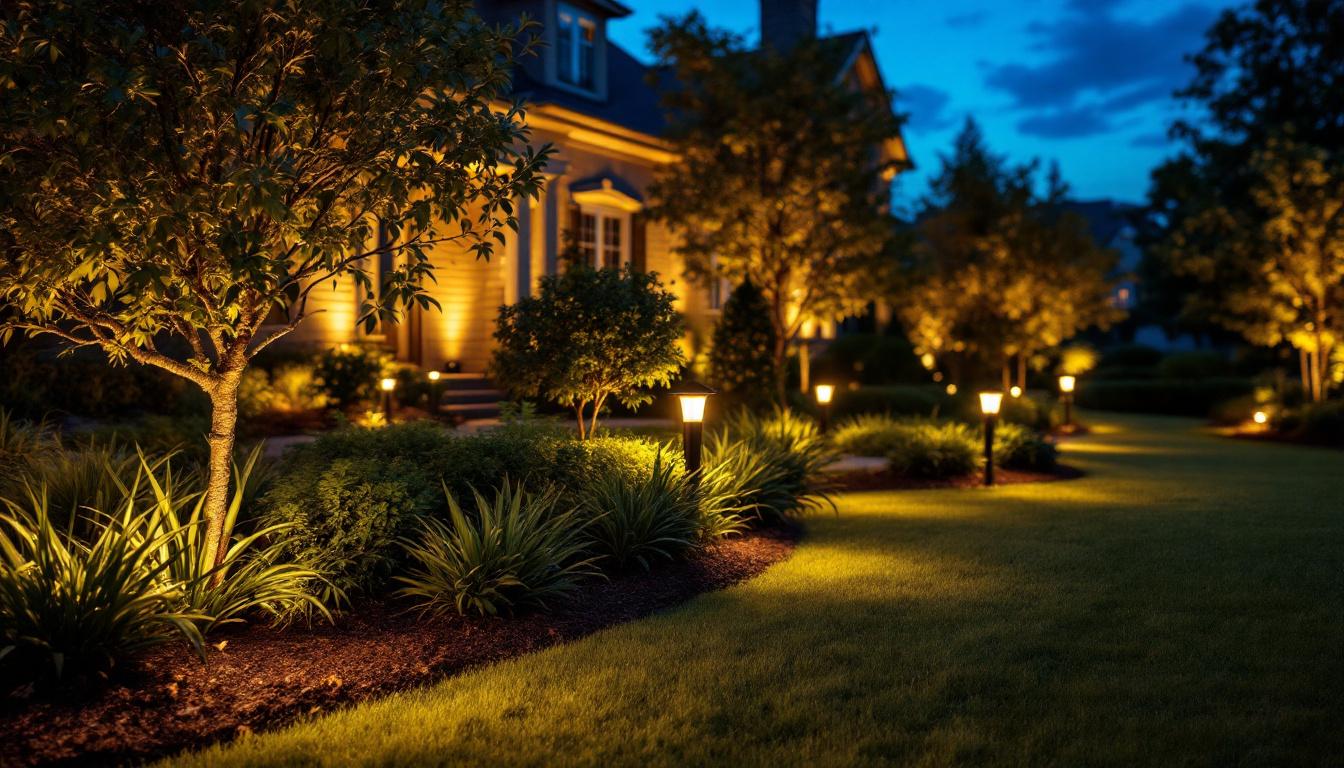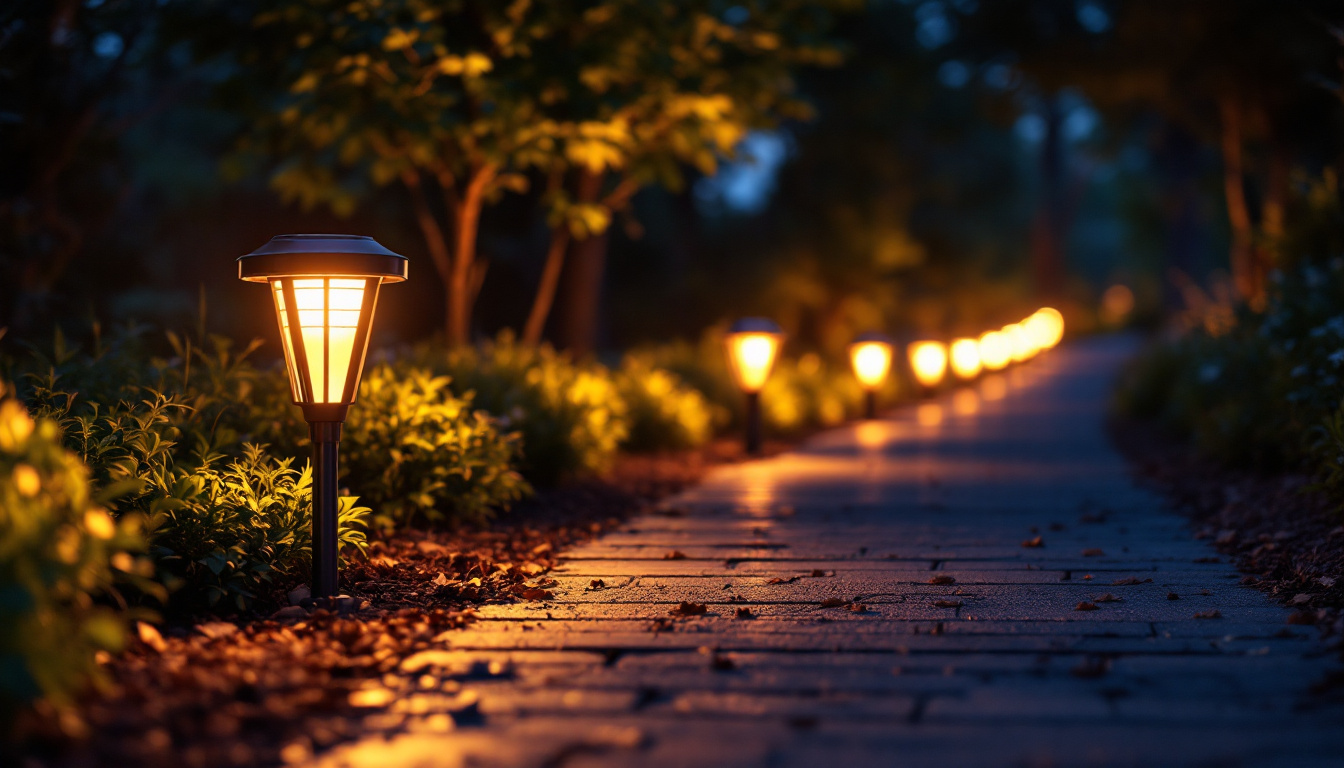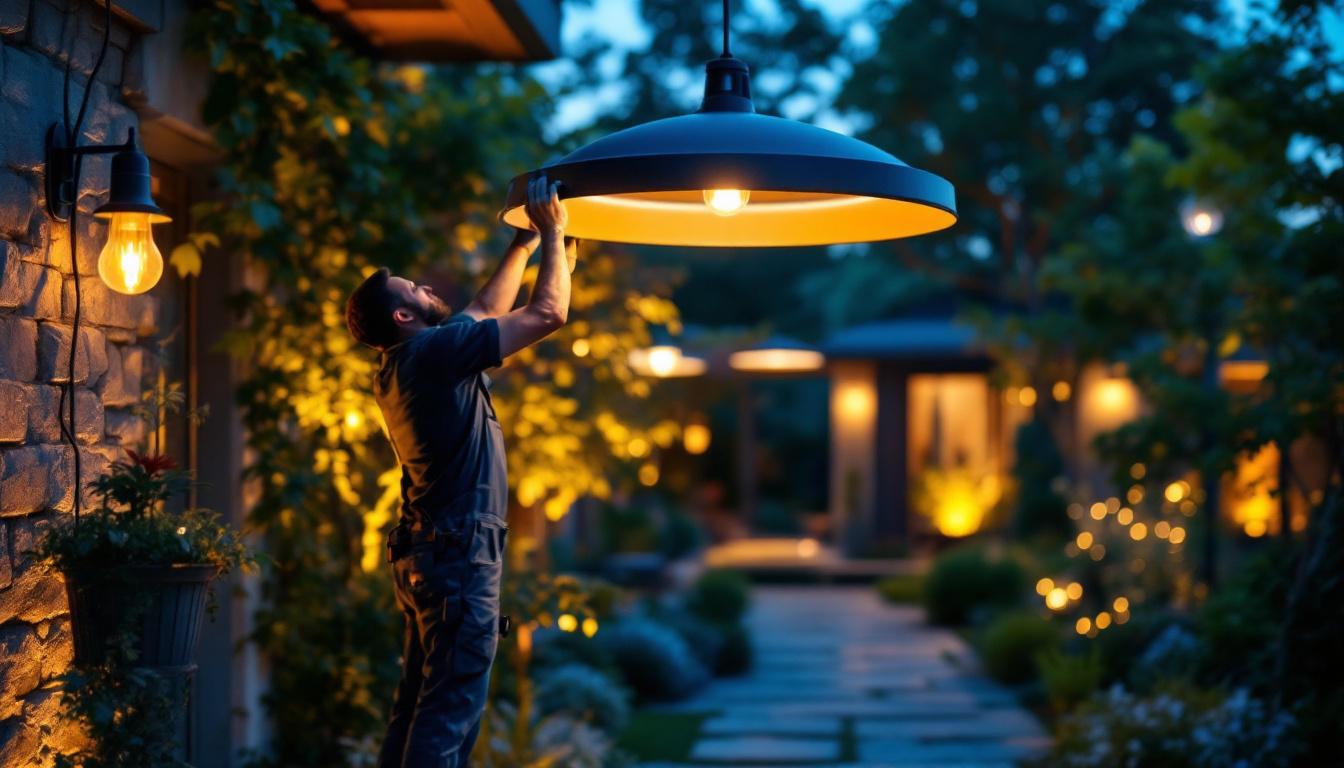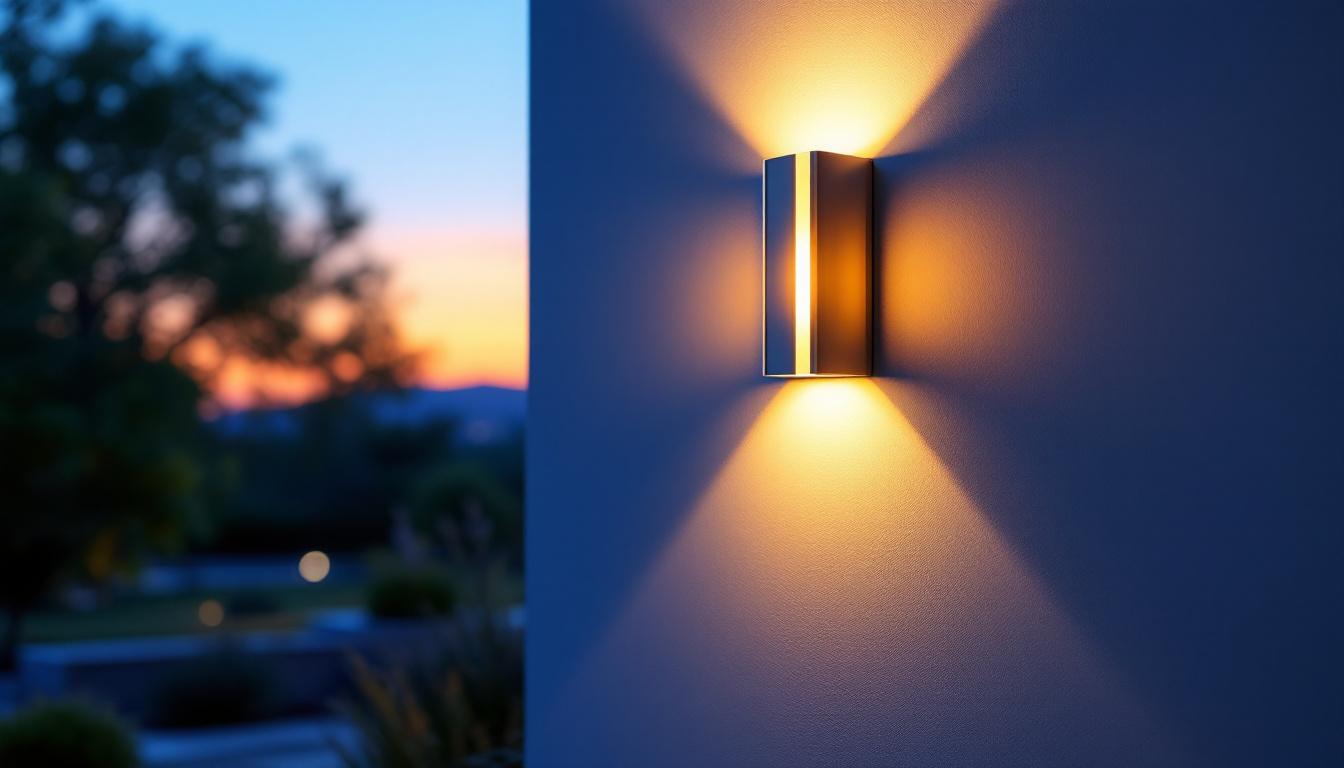
In the realm of landscape design, exterior lighting plays a pivotal role in enhancing aesthetics, safety, and functionality. However, for lighting contractors, the journey to deliver exceptional outdoor lighting solutions is fraught with challenges. Understanding these obstacles is crucial for contractors aiming to provide top-notch services while ensuring customer satisfaction. This article explores the most common challenges faced by lighting contractors in the field of exterior landscape lighting.
One of the foremost challenges for lighting contractors is aligning their services with client expectations. Clients often have specific visions for their outdoor spaces, which may not always be feasible or practical. This disconnect can lead to misunderstandings and dissatisfaction. Additionally, clients may not fully grasp the technical aspects of lighting design, such as the impact of different light temperatures or the importance of fixture placement, which can further complicate the process of meeting their expectations.
To bridge the gap between client desires and practical solutions, effective communication is essential. Contractors must engage in detailed discussions with clients to understand their goals, preferences, and budget constraints. This dialogue should include visual aids, such as sketches or digital renderings, to help clients visualize the proposed lighting designs. Furthermore, regular check-ins during the project can ensure that clients feel involved and informed, allowing for adjustments to be made in real-time if necessary. This proactive approach not only builds trust but also fosters a collaborative environment where clients feel their input is valued.
Contractors should also be adept at setting realistic goals. While it’s important to accommodate client wishes, it’s equally vital to educate them on the limitations of certain designs. Discussing factors such as light pollution, energy efficiency, and maintenance can help clients make informed decisions that align with their expectations. Moreover, presenting alternative solutions that may better suit their needs can enhance the overall project outcome. For instance, suggesting energy-efficient LED options can not only reduce long-term costs but also minimize environmental impact, aligning with the growing trend of sustainability in outdoor design. By providing clients with a range of options and transparent information, contractors can help them feel more confident in their choices, ultimately leading to a more satisfying end result.
Installation is a critical phase in any lighting project, and it comes with its own set of technical challenges. From selecting the right fixtures to ensuring proper wiring, contractors must navigate a complex landscape of technical requirements. Each project presents unique obstacles that can impact timelines and budgets, making it essential for contractors to be well-prepared and adaptable.
With the vast array of lighting fixtures available, choosing the right ones for a specific project can be daunting. Factors such as lumens, color temperature, and beam angle must be considered to achieve the desired effect. Contractors must stay updated on the latest products and technologies to offer clients the best options available. Additionally, understanding the context in which the lighting will be used is crucial; for instance, fixtures intended for outdoor use must be weather-resistant and durable, while those for indoor spaces may require a focus on aesthetics and ambiance. The integration of smart lighting solutions has also introduced new considerations, as contractors must evaluate compatibility with existing systems and the potential for future upgrades.
Another technical hurdle involves wiring and power supply. Properly installing electrical components while adhering to safety codes is paramount. Contractors must assess the existing electrical infrastructure and determine the best approach for integrating new lighting systems. This may involve trenching for underground wiring or installing transformers, which can complicate the installation process. Moreover, the demand for energy-efficient solutions has led to the increased use of LED technology, which requires a different approach to wiring and power management. Understanding the nuances of voltage drop, circuit load, and the compatibility of various components is essential to ensure that the lighting system operates efficiently and safely. Additionally, contractors must often coordinate with local utility companies to secure the necessary permits and ensure compliance with regulations, adding another layer of complexity to the installation process.
Landscape lighting is not just about aesthetics; it also involves understanding environmental factors that can impact the effectiveness and sustainability of lighting solutions. Contractors must be mindful of these considerations to ensure their installations are both beautiful and responsible.
Light pollution is a growing concern in many communities. Contractors must design lighting systems that minimize light spill and glare, ensuring that they enhance the landscape without disturbing the natural environment or neighboring properties. This requires a thorough understanding of lighting design principles and the use of fixtures that direct light appropriately.
Outdoor lighting fixtures are exposed to various weather conditions, from rain to extreme temperatures. Selecting durable materials that can withstand these elements is crucial. Contractors need to consider the longevity of their installations and choose products that are rated for outdoor use, ensuring they can endure the test of time.
Budgeting is a significant challenge in the landscape lighting industry. Clients often have financial limitations that can affect the scope and quality of the project. Contractors must navigate these constraints while still delivering high-quality results.
Providing accurate cost estimates is essential for maintaining client trust. Contractors should break down expenses, including materials, labor, and any additional costs, to give clients a clear understanding of where their money is going. Transparency in pricing can help mitigate disputes and foster a positive working relationship.
While clients may desire high-end fixtures and advanced technologies, budget constraints often necessitate compromises. Contractors must find a balance between quality and affordability, suggesting alternative options that still meet the client’s needs without exceeding their budget. This may involve recommending energy-efficient LED fixtures that offer long-term savings without sacrificing aesthetics.
Compliance with local regulations and codes is another challenge that lighting contractors must navigate. Failing to adhere to these requirements can result in costly fines and project delays.
Each municipality may have different regulations regarding outdoor lighting, including restrictions on brightness, fixture placement, and energy consumption. Contractors must familiarize themselves with these codes to ensure their designs are compliant. This may involve consulting with local authorities or attending workshops to stay informed about changes in regulations.
Obtaining the necessary permits can also be a time-consuming process. Contractors should factor in the time required to secure permits when planning project timelines. Proactive communication with local authorities can help streamline this process and ensure that projects proceed without unnecessary delays.
The landscape lighting industry is continually evolving, with new technologies emerging at a rapid pace. While these advancements can enhance lighting solutions, they also present challenges for contractors who must stay current with the latest trends.
From smart lighting systems to energy-efficient LEDs, contractors must invest time in learning about new products and technologies. This may involve attending trade shows, participating in training sessions, or engaging with manufacturers to understand the benefits and limitations of emerging technologies.
Smart technology integration is becoming increasingly popular in landscape lighting. Contractors must be prepared to offer clients options for automated systems that can be controlled via smartphones or home automation systems. This requires a solid understanding of the technology and the ability to troubleshoot any issues that may arise during installation.
The landscape lighting industry is highly competitive, with numerous contractors vying for the same clientele. Standing out in this crowded market can be a significant challenge.
To differentiate themselves, contractors must establish a unique selling proposition (USP). This could be a specialization in eco-friendly lighting solutions, exceptional customer service, or innovative design approaches. A well-defined USP can help contractors attract clients and build a loyal customer base.
Effective marketing strategies are essential for reaching potential clients. Contractors should leverage digital marketing, social media, and local advertising to promote their services. Building a strong online presence through a professional website and engaging content can enhance visibility and attract new business.
Once a project is completed, the relationship between the contractor and the client does not end. Educating clients about the maintenance and care of their lighting systems is crucial for long-term satisfaction.
Contractors should provide clients with clear guidelines on how to maintain their lighting systems. This includes information on cleaning fixtures, replacing bulbs, and troubleshooting common issues. Offering maintenance services can also be a valuable addition to a contractor’s offerings, ensuring that clients’ systems remain in optimal condition.
Establishing long-term relationships with clients can lead to repeat business and referrals. Contractors should follow up after project completion to ensure client satisfaction and address any concerns. This proactive approach can foster loyalty and encourage clients to recommend the contractor to others.
Exterior landscape lighting presents numerous challenges for lighting contractors, from understanding client expectations to navigating technical, environmental, and regulatory hurdles. By addressing these challenges head-on and employing effective strategies, contractors can enhance their services, build strong client relationships, and ultimately succeed in a competitive market.
Staying informed about industry trends, investing in ongoing education, and maintaining open lines of communication with clients are essential components of a successful landscape lighting business. By embracing these practices, contractors can not only overcome obstacles but also elevate their craft, creating stunning outdoor spaces that clients will cherish for years to come.
As you tackle the challenges of exterior landscape lighting, partner with LumenWholesale to ensure your projects shine. Our commitment to providing contractors with spec-grade lighting products at wholesale prices means you can deliver exceptional results without compromising on quality or budget. With our extensive selection, free shipping on bulk orders, and no middleman markups, you’re equipped to meet and exceed client expectations. Elevate your lighting solutions today and experience the best value in wholesale lighting with LumenWholesale.

Explore the advantages and drawbacks of solar LED pathway lights for lighting contractors.

Discover how electrical pigtail cords can enhance efficiency and safety for lighting contractors.

Discover the must-have large outdoor lighting tools that every contractor needs to illuminate spaces effectively.

Discover expert tips and best practices from lighting contractors on selecting and installing LED wall sconces for outdoor spaces.